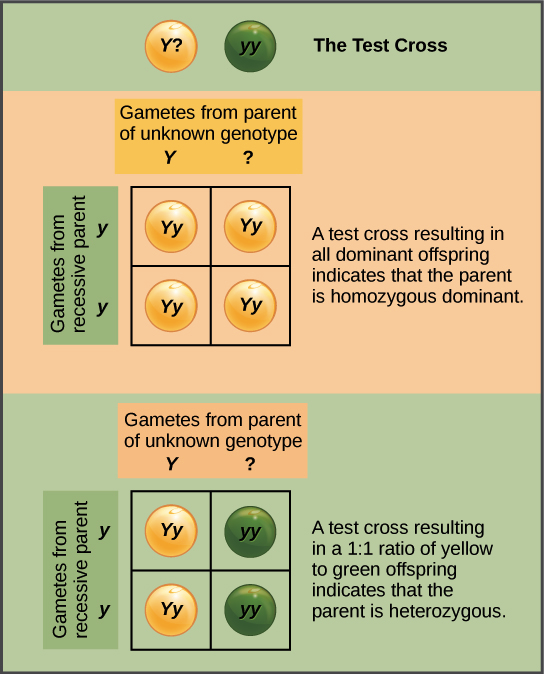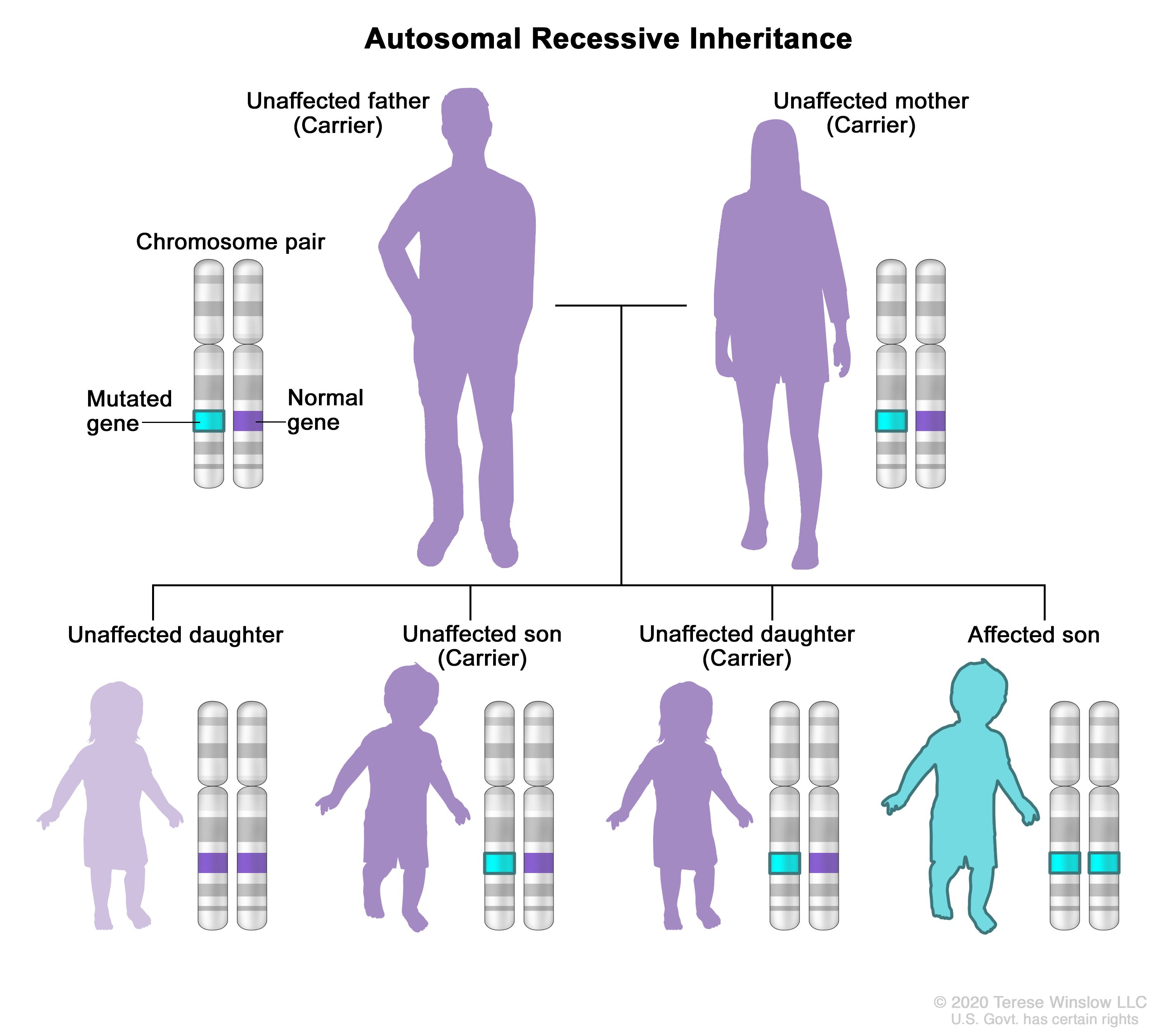

Other traits were shown from the very beginning to not fit the simple genetic model, but somehow textbook authors decided to ignore this. Some traits, such as tongue rolling, were originally described as fitting a simple genetic model, but later research revealed them to be more complicated. It is true that most people fall into two categories, right arm on top or left arm on top, but the very first study on the subject (Wiener 1932) clearly demonstrated that there is little or no genetic influence on this trait: pairs of right-arm parents are just about as likely to have right-arm children as are pairs of left-arm parents. For example, students are asked to fold their arms, then told that the allele for having the right forearm on top is dominant. In other cases, the trait really does fall into two categories, but it isn't determined by genetics. This was clearly shown in the very first paper on the genetics of hitchhiker's thumb (Glass and Kistler 1953), yet 60 years later, teachers still ask students which of the two kinds of thumb they have. In fact, the angle of the thumb ranges continuously, with most thumbs somewhere in the middle. For example, students are told that they either have a hitchhiker's thumb, which bends backwards at a sharp angle, or a straight thumb. In some cases, the trait doesn't even fall into the two distinct categories described by the myth. Rolling your tongue is not dominant to non-rolling, unattached earlobes are not dominant to attached, straight thumbs are not dominant to hitchhiker's thumb, etc. Most of the common, visible human traits that are used in classrooms do NOT have a simple one-locus, two-allele, dominant vs.
#What is recessive and dominant traits manuals#
Unfortunately, what textbooks, lab manuals and web pages say about these human traits is mostly wrong. Best of all, these data don't require microscopes, petri dishes, or stinky fly food. Students can easily collect data on several different traits and learn about genes, dominant and recessive alleles, maybe even Hardy-Weinberg proportions.
%2C+Can’t+(tt).jpg)
Just about every biology student has, in one class or another, been asked to roll their tongue, look at their earlobes, or check their fingers for hair. Individuals with one sickle-cell allelomorph and one normal allele have a small range of sickled cells, and their cells sickle more simply underneath specific conditions.A fun way to teach the basics of genetics is to have students look at traits on themselves.

Individuals with two copies of the “normal” allelomorph have disc-shaped red blood cells. Individuals with two copies of the sickle-cell allelomorph have several sickled red blood cells. Now let’s look again at the form of the blood cells. Individuals with only one Allele copy are healthy. The Sickle-cell disease contains a recessive pattern of inheritance: Normally, people with two copies of the sickle-cell allelomorph have the disease. Muscle and organ cells don’t get enough oxygen and nutrients, and that they begin to die. The long, pointy blood cells get caught in capillaries, wherever they block blood flow. Rather than having flat, spherical red blood cells, individuals with the Sickle-cell disease have stiff, curved cells. Sickle-cell disease is a genetic condition that causes pain and injury to organs and muscles. If offspring child has the allele of brown eyes, its mean that allele of brown eyes is dominant over the allele of black eyes, and allele of black eyes is recessive, because it masked by brown allele. While the allele which cannot express its own effect and masked by a dominant allele, called Recessive Allele.įor example, one parent has allele of brown eyes, and another parent has the allele of black eyes. The allele which dominant its effect over another allele, called Dominant Allele. When a trait with two different alleles, one allele may dominant its effect on another allele, and masks the effect of another allele. These proteins can affect traits and may produce different phenotype (physical appearance). The difference in alleles can be generating variation in the protein. These two copies of genes called alleles maybe not an exact copy, can be slightly different from each other. Including humans and animals sexually reproduction needs two copies of each gene. The term dominant and recessive defines the inheritance of a certain trait.


 0 kommentar(er)
0 kommentar(er)
